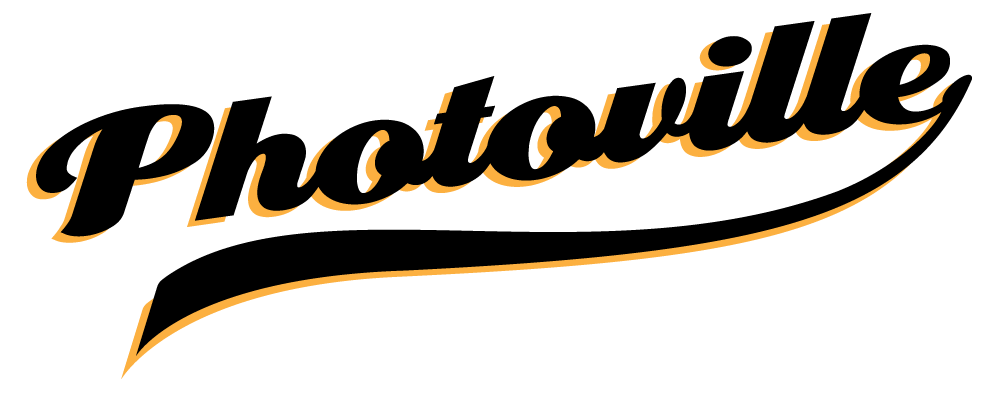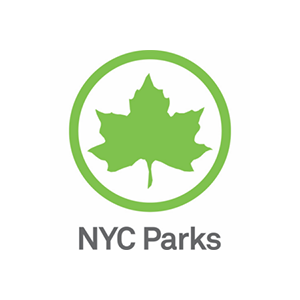



In collaboration with NuevaYorkinos, Digital Schomburg presents Where Roses Grow: A Look at Rómulo Lachatañeré’s Harlem. Curated by Djali Brown-Cepeda and Ricardo Castañeda, creators of NuevaYorkinos, this exhibition pays homage to the rich history and culture of New York City’s Latino and Caribbean communities, as seen in Harlem through the lens of Afro-Cuban photographer, Rómulo Lachatañeré, between 1947 and 1951.
In 2024, NuevaYorkinos visited the Schomburg Center’s Photographs & Prints Division to research the Center’s collection of photographs by Rómulo Lachatañeré. The library’s Digital Imaging Services then digitized their curated selections, and Digital Schomburg is excited to share them with the following moving letter, written by the curator in connection to their own familial history.
A Letter From The Curator:
Son las tres de la tarde when my dad picks me up from school. I’m hype when I see him waiting at the recess yard, always planning his flights from Florida to get into the city early, so he can be there when the final bell rings. I give him the biggest hug, and we start our walk through El Barrio. While my dad’s side of the family is from the South Bronx, and my mother’s side is from Quisqueya Heights, Upper Manhattan, I went to school in El Barrio: home to las calles that had a thorough hand in raising and shaping me. I hadn’t known then about my bisabuelo’s Boricua heritage, but I did know that I felt so loved, so heard, whenever we’d walk down E 110th Street, or, the closest thing I knew to Borikén. My dad and I cherish our walks around the hood, a ritual we still hold dear. On a hot summer afternoon, he’d dish out the $1.25 for the extra-large mango-coco-cherry icee sold on the corner of 3rd Avenue. With sticky fingers and a temporarily dyed tongue, we take the long way to the green line, passing by tígueres holding down their respective blocks, abuelos watching their grandbabies run through la pompa from their fire escape, and doors opening and closing as people seeking spiritual help enter and exit botánicas. “Look, it’s Orisha!,” I pull at my dad’s arm as we walk by the iconic mosaic works of Manny Vega, Bronx Boricua visual artist. Whether his piece depicting Elegguá or a vignette of a fruit vendor in all white wearing elekes making a sale to una hija de Ochún, I always felt seen.
As not only the daughter of my mother, an Olorisha (initiated priestess within La Regla de Lucumí, an Afro-Cuban religion heavily practiced throughout the Caribbean and her diasporas in New York City, Miami, Chicago, and California), but as an Olorisha myself, El Barrio was always a place where my culture and spirituality not only made sense, but was affirmed at every corner. Spirit, Orisha, la Cultura, prideful displays of Afrolatinidad were everywhere.
A little over two decades later, my partner and I were thrilled at the opportunity to celebrate the memory of and curate a selection of work by Rómulo Lachatañeré (1906-1952). Born in Santiago de Cuba, Lachatañeré was a self-taught ethnologist and photographer who moved to New York City in 1939. In La Regla de Lucumí, we believe that before there is anything, there is Eggun: the Ancestors, biological and chosen. Many times, Eggun calls out to us, inviting us to reach back, to get to know them better and, by proxy, ourselves. As an Olorisha Yemayá—priestess of Yemayá, the goddess of Maternity and the Divine Feminine in Lucumí—I was stunned to learn that aside from his photographic works, Lachatañeré also penned Oh Mio! Yemaya (1938) and Manual de Santeria (1942), on Afro-Cuban religious beliefs. Sifting through his archive felt that much more special.
Embarking on this journey at Schomburg—a space built by a visionary Afro Boricua scholar, where my paternal grandmother worked for years, across the street from Pan Pan and the apartment complex my late-great aunt lived for decades [may both their memories be remembered], up the block from where my mother and I once lived—was Spirit in action. Spirit allowing us to grow closer as archivists, and as partners in love and life. While engaging in this work, we hope that you can feel the love and care that went into this curation; that you are moved by these images, and inspired to document your communities and learn more about New York City history, and Latino migration.
Light, peace, and progress, Luz y Progreso, Ibaé Baén Tonú to Rómulo Lachatañeré, and to those in these images who are no longer with us today. May they be remembered.
—Djali Brown-Cepeda, Creator of NuevaYorkinos
Artist Bios
-
Rómulo Lachatañeré
Rómulo Lachatañeré is an Afro-Cuban photographer who captured street scenes of his neighborhood in East Harlem during the 1940s and 1950s.
Organizations
-

The Schomburg Center for Research in Black Culture
The Schomburg Center for Research in Black Culture in Harlem, one of The New York Public Library’s renowned research libraries, is a world-leading cultural institution devoted to the research, preservation, and exhibition of materials focused on African American, African Diaspora, and African experiences.
-

Photoville
Founded in 2011 in Brooklyn, NY, Photoville was built on the principles of addressing cultural equity and inclusion, which we are always striving for, by ensuring that the artists we exhibit are diverse in gender, class, and race.
In pursuit of its mission, Photoville produces an annual, city-wide open air photography festival in New York City, a wide range of free educational community initiatives, and a nationwide program of public art exhibitions.
By activating public spaces, amplifying visual storytellers, and creating unique and highly innovative exhibition and programming environments, we join the cause of nurturing a new lens of representation.
Through creative partnerships with festivals, city agencies, and other nonprofit organizations, Photoville offers visual storytellers, educators, and students financial support, mentorship, and promotional & production resources, on a range of exhibition opportunities.
For more information about Photoville visit, www.photoville.com
-

NYC Parks
NYC Parks is the steward of more than 30,000 acres of land — 14 percent of New York City — including more than 5,000 individual properties ranging from Coney Island Beach and Central Park to community gardens and Greenstreets. We operate more than 800 athletic fields and nearly 1,000 playgrounds, 1,800 basketball courts, 550 tennis courts, 65 public pools, 51 recreational facilities, 15 nature centers, 14 golf courses, and 14 miles of beaches. We care for 1,200 monuments and 23 historic house museums. We look after 600,000 street trees, and two million more in parks. We are New York City’s principal providers of recreational and athletic facilities and programs. We are home to free concerts, world-class sports events, and cultural festivals.
WHERE ROSES GROW: A Look At Rómulo Lachatañeré’s Harlem
Featuring: Rómulo Lachatañeré
Curated by: NuevaYorkinos in collaboration with DigitalSchomburg
Locations
View Location Details Jackie Robinson ParkW 145th Street & Bradhurst Ave
New York, NY 10039
The views and opinions expressed in this exhibit are those of the exhibition artists and partners and do not necessarily reflect the views or positions of Photoville or any other participants and partners of the Photoville Festival.


